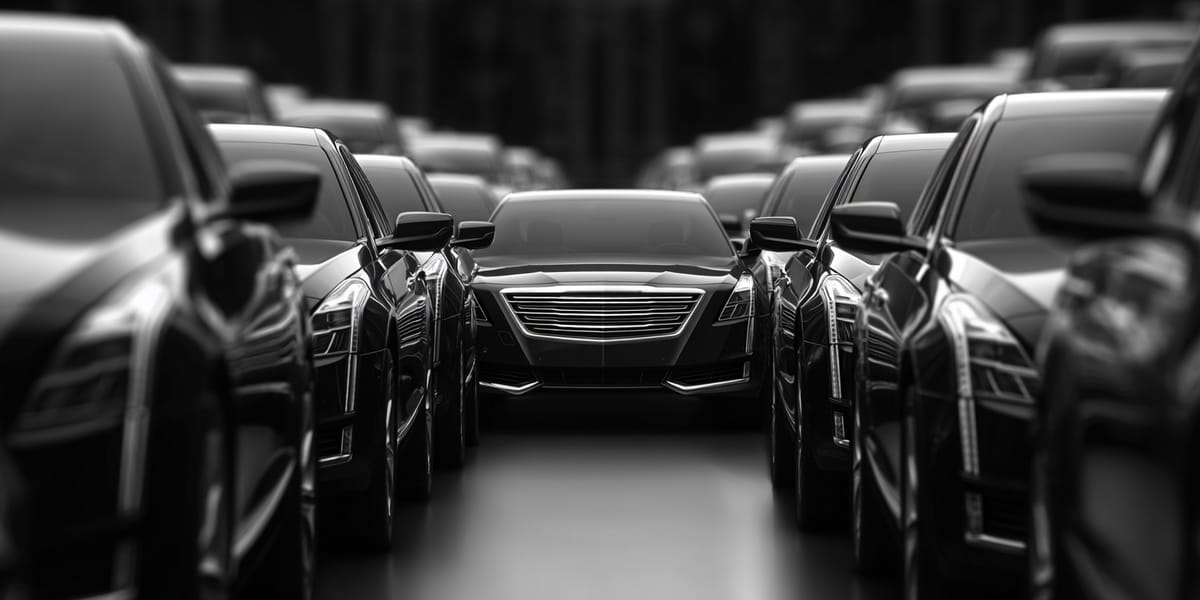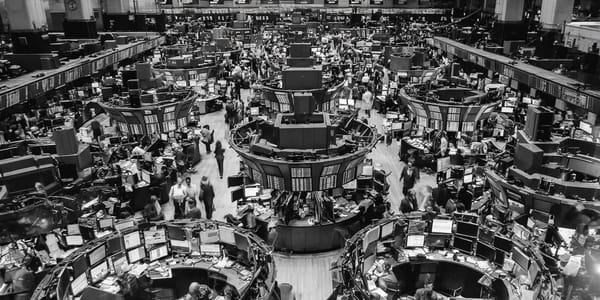Luxury Automakers Report Combined Tariff Costs Exceeding $889 Million

Luxury automakers Porsche, Mercedes-Benz Group, and Aston Martin reported substantial financial impacts from US import tariffs on Wednesday. According to CNBC, the three companies warned of combined costs exceeding 770 million euros ($889 million) in the first half of 2025.
German sportscar manufacturer Porsche disclosed a 400-million-euro ($462 million) hit from US import tariffs during the six-month period. Mercedes-Benz Group reported tariff effects of roughly 370 million euros in the second quarter alone. British luxury carmaker Aston Martin issued a profit warning, specifically citing the impact of US trade policies on its operations.
Oliver Blume, chairman of Porsche's executive board, declared the situation represents a permanent shift in global trade conditions. The automaker raised US prices by between 2.3 and 3.6 percent in July, with no current plans to establish American production facilities.
Why This Financial Impact Matters
The reported losses represent the most concrete financial data on how automotive tariffs affect luxury brand operations. These costs directly reduce profit margins for companies that typically maintain premium pricing strategies. Mercedes-Benz Group reported a 68 percent decline in second-quarter earnings before interest and tax, falling to 1.3 billion euros.
The tariff burden forces luxury automakers to choose between absorbing costs or passing them to consumers. According to Car and Driver, several premium brands including BMW and Mercedes-Benz initially absorbed tariff costs through mid-2025. However, Aston Martin has already implemented incremental price increases in the US market since June.
Consumer purchasing patterns show immediate response to tariff announcements. Buyers rushed to dealerships before tariff implementation dates, creating temporary demand spikes. This trend affects inventory management and production planning for manufacturers dependent on import markets.
Industry-Wide Trade Policy Consequences
The luxury segment's tariff exposure reflects broader automotive industry vulnerabilities to trade disruptions. CBS News analysis shows that luxury brands face disproportionate impact because most production remains concentrated in European facilities. German automakers manufacture nearly all luxury vehicles outside the United States, making them fully subject to 25 percent import duties.
Trade policy changes create competitive advantages for domestic manufacturers. Tesla and other US-based electric vehicle producers benefit from reduced competition as imported luxury vehicles become more expensive. The Brookings Institution notes that higher tariffs push automotive manufacturing toward North American locations to avoid duty payments.
Supply chain reorganization represents the most significant long-term consequence. Several automakers announced production relocations to minimize tariff exposure. Honda confirmed plans to manufacture its next-generation Civic hybrid in the United States rather than Mexico. These changes require substantial capital investment and multi-year planning cycles.
European industry groups express concern about sustained trade tensions affecting global competitiveness. The recent US-EU framework agreement reduces tariffs to 15 percent from previous 25 percent levels, but this rate remains significantly higher than pre-2025 levels of 2.5 percent.
Further Reading
For deeper insights into global adoption trends, our Alternative Financial Systems Index tracks regulatory frameworks and adoption metrics across 50 countries. The index provides comprehensive analysis of how trade policies affect financial system development worldwide.




